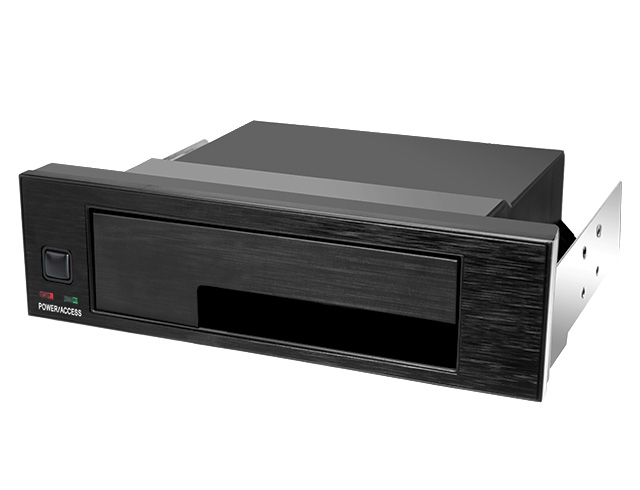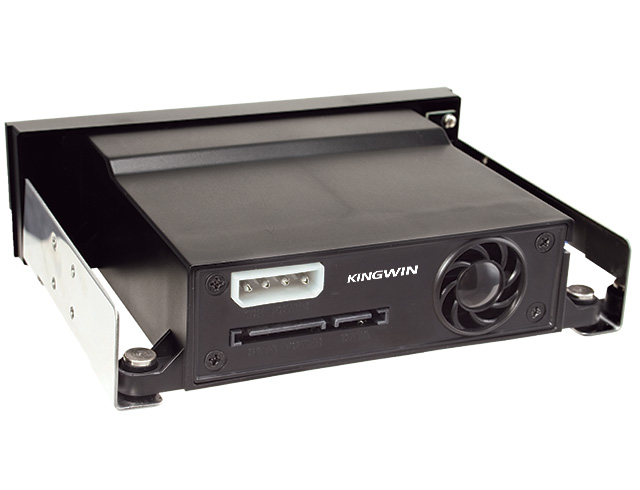A bit of perspective to add...
Folks now look at the things I've mentioned here - both the OS versions & devices as 'ancient', so perhaps this is a good time to add mention of some incredibly ancient (in computer time) things for comparison's sake.
Way back in prehistoric times consumers were able to start getting computers.
There were some small ones at first, and then things got a tiny bit more serious.
My entry to this realm was ~1985 with a 2nd hand Radio Shack TRS-80 Model I computer.
It was quite a beauty at the time with 4, 5.25" floppy disk drives, monochrome screen and a 300KB/S acoustic modem.
It had the Z80 CPU (1.77 MHz) and 4K of RAM.
Here is an example with ONLY 2, 5.25" 180KB drives:
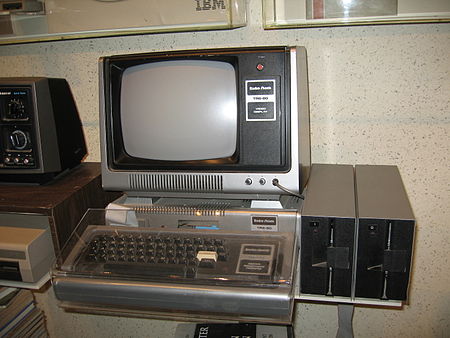
After that model had come out in ~1977, that company hurriedly made the Model II - which was a disaster due to its use of 8" floppy disks which were both terrible AND terribly expensive - and then ~1980 they had a big hit with the truly revolutionary...
TRS-80 Model III with 16KB RAM & a 2MHz CPU.
It was an all-in-one desktop model with the KB, screen & 2 floppy drives built in.
And here it is:
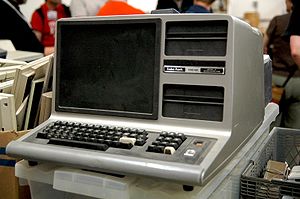
Those 'ancient' (pre-PC) computers were 100% text based - but still able to communicate, and...
When I found a local BBS running on a Model III that was a joyous time - being able to connect with other computer users over the (wired) phone lines by simply typing at each other.
Very slowly.
The consumer grade Winchester hard disks came years later;
A 5MB unit cost as much as a car, was terribly delicate, and very heavy.
It was amazing to watch those things start up as it took minutes between hitting the power button & getting the ready light - and their spin-up sounded a bit like starting the engine on a commercial jet - but not as loud.
Please notice that in all of the above there is only mention of Kilobytes and Megabytes - no GIGAbytes whatsoever - and CPUs that only sped along at ~2 MHz.
Now for the bit of perspective I'm trying to put here...
The 'ancient' tablet I've mentioned with its -mere- Android 2.3.1 is only about 1000 times more computer than those mentioned above - and yet in our current world it is simply too old to be bothered with anymore by most folks.
Here is the Impression I10:
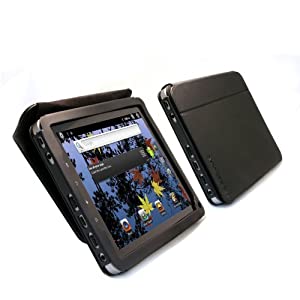
By comparison to even that 'truly ancient' Model III, it is actually a super computer that is displayed on a colour touch screen, can connect with other things wirelessly - can be held in just one hand - and has GIGAbytes of everything.
As I see it, to accept the idea of tossing away something like that which SHOULD still be useful - is just a crying shame.
Of course this is what happens with us old folks who were actually there and used that 'ancient' stuff;
It is NOT missed at all - just of historical significance because it is so far distant from what we have & use nowadays.
It may be helpful to realize that our expectations can be a bit unrealistic towards what we MUST have vs. what we think should just be tossed out nowadays.




